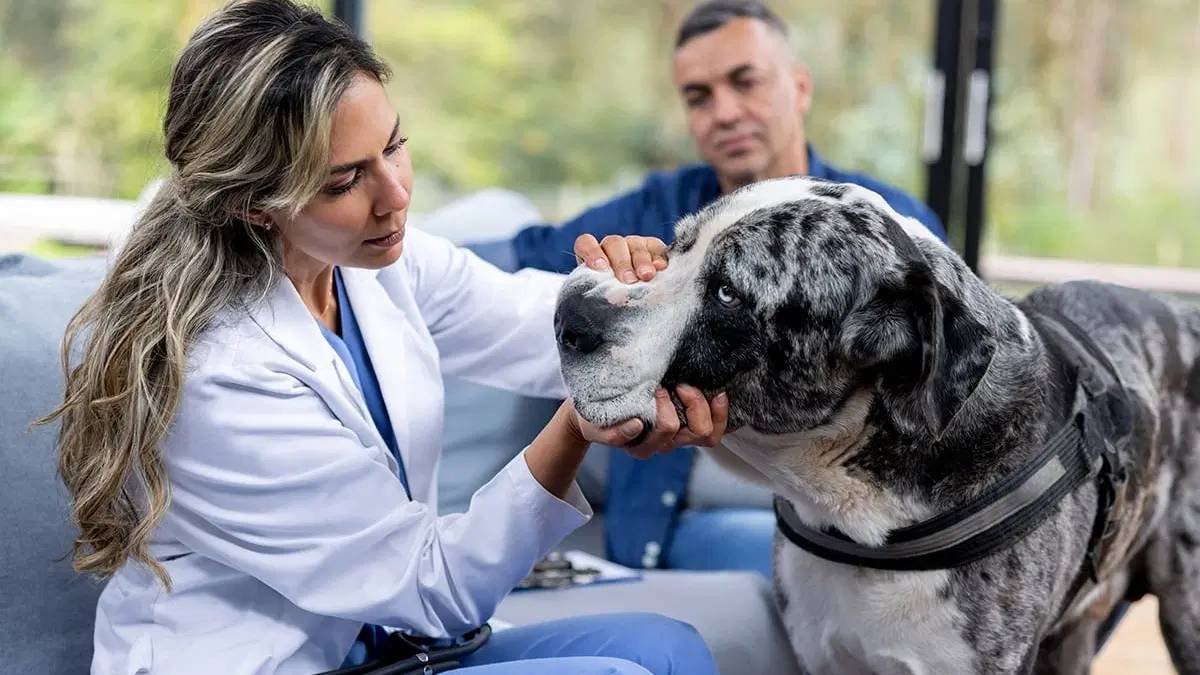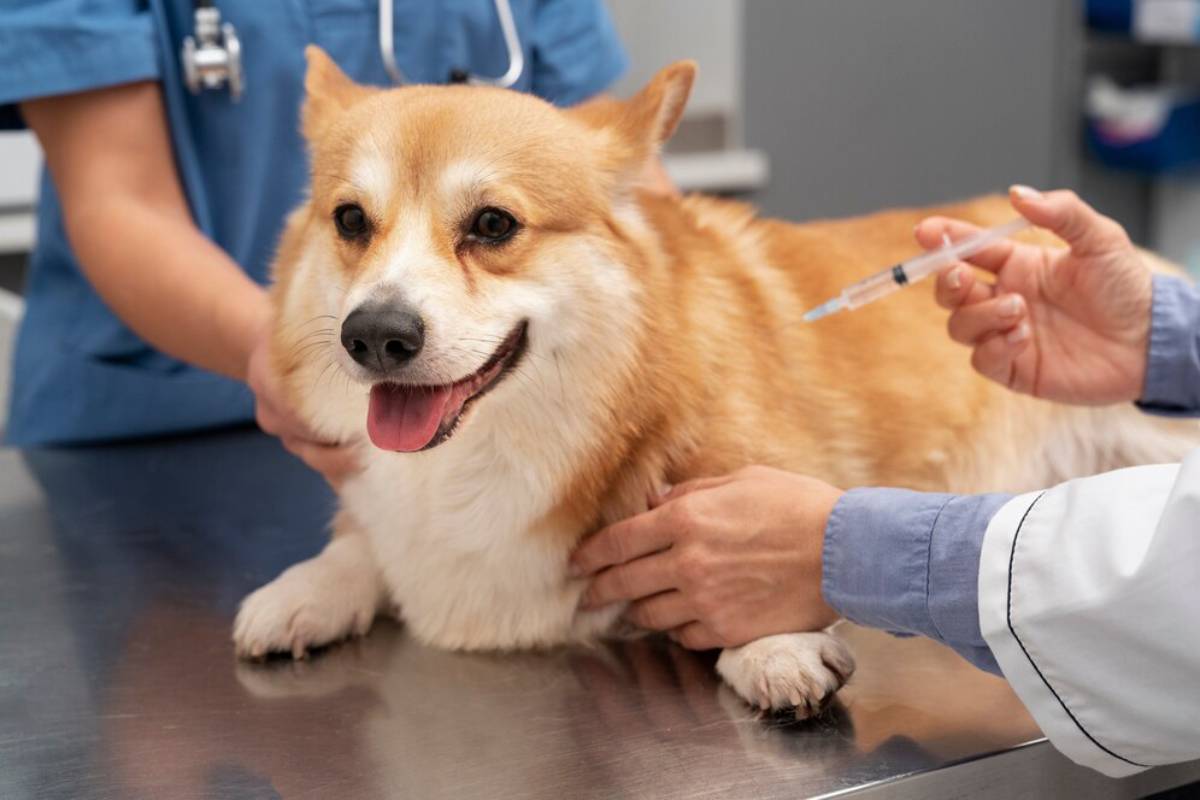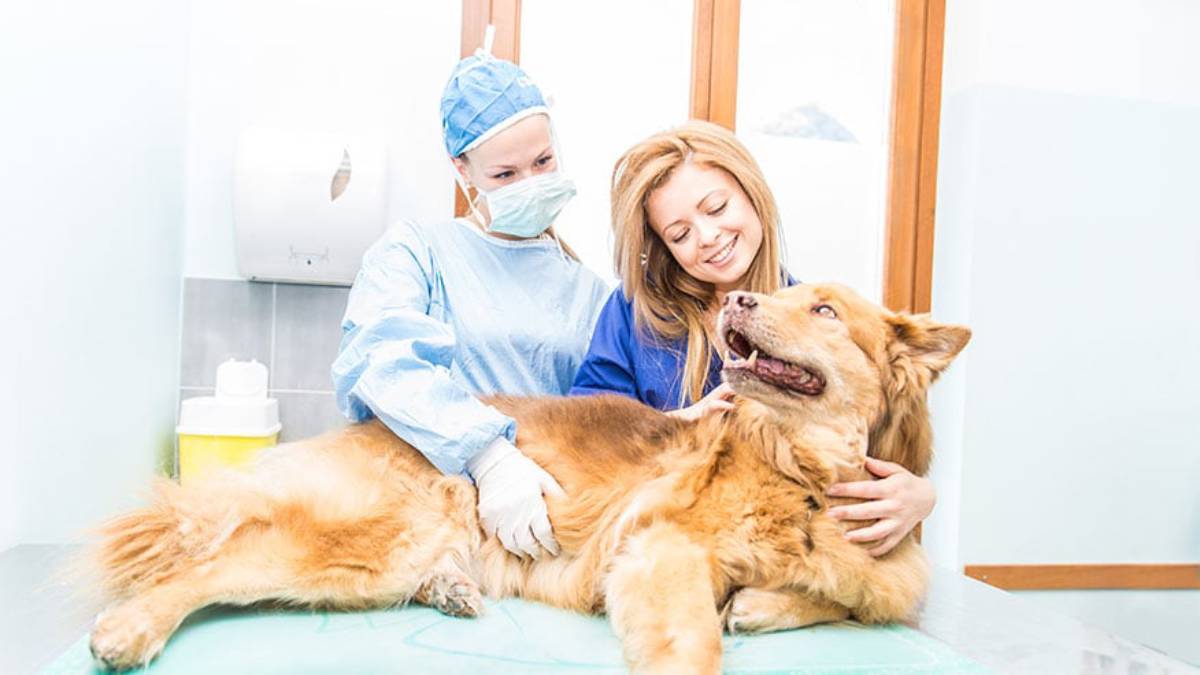
Understanding What Pet Insurance Covers and Excludes
Pet insurance is one of the smartest investments you can make for your furry companion. It protects you from unexpected costs and ensures your pet receives the care they need without financial hesitation. But as with any insurance product, the fine print matters. Too often, pet owners discover too late that their plan doesn’t cover what they assumed it would.
That’s why understanding both pet insurance coverage and pet insurance exclusions is essential. With clarity on what’s included—and what’s not—you can make informed decisions and avoid unpleasant surprises when visiting the vet.
In this guide, we’ll unpack key veterinary insurance details, explain how coverage works, and outline the most common exclusions so you can choose and use your policy with confidence.
The Basics of Pet Insurance Coverage
What Most Plans Typically Include
Pet insurance varies by provider, but standard policies generally cover:
- Accidents and injuries: From broken bones to poisoning or bite wounds
- Illnesses: Conditions such as infections, vomiting, diarrhoea, cancer, or diabetes
- Diagnostics: Blood tests, x-rays, ultrasounds, MRIs, and CT scans
- Medications: Prescribed treatments for short- or long-term conditions
- Surgery and hospitalisation: Anaesthesia, operations, and post-op recovery
- Emergency care: After-hours vet visits and urgent treatments
The type of plan you choose (accident-only, time-limited, maximum benefit, or lifetime) determines how long and how much the insurance will pay out per condition or claim period.
Optional Extras
Some providers offer add-ons that enhance your policy:
- Dental cover (for illness or injury)
- Complementary therapies (acupuncture, hydrotherapy)
- Behavioural treatment
- Travel insurance for pets
- Boarding fees if you’re hospitalised and can’t care for your pet
These extras can be valuable, especially for older pets or breeds with specific health risks.
Understanding Pet Insurance Exclusions
Just as important as what’s covered is what’s not.
1. Pre-Existing Conditions
Perhaps the most significant exclusion in all veterinary insurance details, pre-existing conditions refer to any illness or injury that occurred—or was observed—before the policy started or during the waiting period.
Examples include:
- A limp that started before enrolment
- Diagnosed skin conditions
- Previous infections or surgeries
Some insurers distinguish between chronic and resolved conditions. A resolved illness with no symptoms for 12–24 months may be eligible for coverage again, depending on the provider.

2. Routine and Preventative Care
Standard policies generally exclude day-to-day care such as:
- Vaccinations
- Flea, tick, and worm treatments
- Annual health checks
- Neutering or spaying
- Grooming
While important for wellbeing, these are considered the pet owner’s responsibility.
3. Dental Procedures (Unless Included)
Unless you opt for dental cover, most insurers exclude:
- Tooth extractions
- Periodontal disease treatment
- Scale and polish procedures
Even when dental is included, some providers require proof of regular vet check-ups and professional cleanings for the cover to apply.

4. Pregnancy and Breeding
Breeding, pregnancy, and related complications are generally not covered. If you’re planning to breed your pet, you’ll need a specialist policy.
5. Cosmetic or Elective Procedures
Surgery for aesthetic reasons (e.g., tail docking, ear cropping, dewclaw removal) or procedures not deemed medically necessary are not covered.
Less Obvious Pet Insurance Exclusions
Some exclusions catch pet owners off guard:
- Behavioural issues unless covered as an add-on or recommended by a vet
- Dietary food and supplements, unless prescribed for a specific diagnosed condition
- Alternative therapies without prior vet recommendation
- Injuries from fights or attacks, especially if your pet is unneutered or off-lead in a public space (varies by policy)
- Infectious diseases if the pet was not vaccinated
Always check for these grey areas in the policy wording.
Reading the Small Print: Veterinary Insurance Details That Matter
Waiting Periods
Most policies have:
- 14 days for illness coverage to begin
- 48 hours for accident cover
Claims made during this window are typically denied, so it’s crucial to start insurance early—especially for young or newly adopted pets.
Policy Limits
- Annual cover limits: Total amount you can claim per year
- Per-condition limits: Maximum per illness or injury
- Lifetime limits: Some older or budget plans cap the total paid over your pet’s lifetime
Choose the right limit based on your pet’s breed, age, and risk factors.
Renewal Terms
Some providers exclude new conditions diagnosed in the previous year from renewed coverage unless you choose a lifetime plan. This is a key distinction when comparing pet insurance policies.
Tips for Maximising Your Pet Insurance Value
Understanding your policy is one thing—using it wisely is another. Here’s how to get the most out of your plan:
1. Keep Detailed Medical Records
- Ask your vet to note all symptoms and diagnoses clearly
- Save invoices and correspondence for every visit
- These records make the claims process smoother and avoid delays
2. Stay Up to Date with Preventative Care
Even if not covered, staying on top of vaccinations and health checks ensures future claims aren’t rejected due to lack of routine care.
3. Submit Claims Promptly
Most insurers have a time window (e.g., 90 days) for submitting claims. Delays can result in denied reimbursements.
4. Speak to Your Vet About Coverage
Veterinarians often understand how different policies work and can suggest treatments that are more likely to be covered.
5. Review Your Policy Annually
As your pet ages, their needs change. Reassess your policy to ensure it still offers sufficient coverage and consider upgrading if necessary.
Be Informed, Be Prepared
The true value of pet insurance lies not just in what it promises, but in what it actually delivers when you need it most. By understanding both pet insurance coverage and pet insurance exclusions, you’re empowered to make informed choices—and avoid unwelcome surprises at the vet clinic.
From pre-existing conditions and dental cover to what defines an “emergency,” knowing the veterinary insurance details of your policy gives you peace of mind and financial clarity.
Take action today: Review your current plan or explore new options with a checklist of must-have features and known exclusions. Your pet depends on you for care—and you deserve a policy that supports you both.


